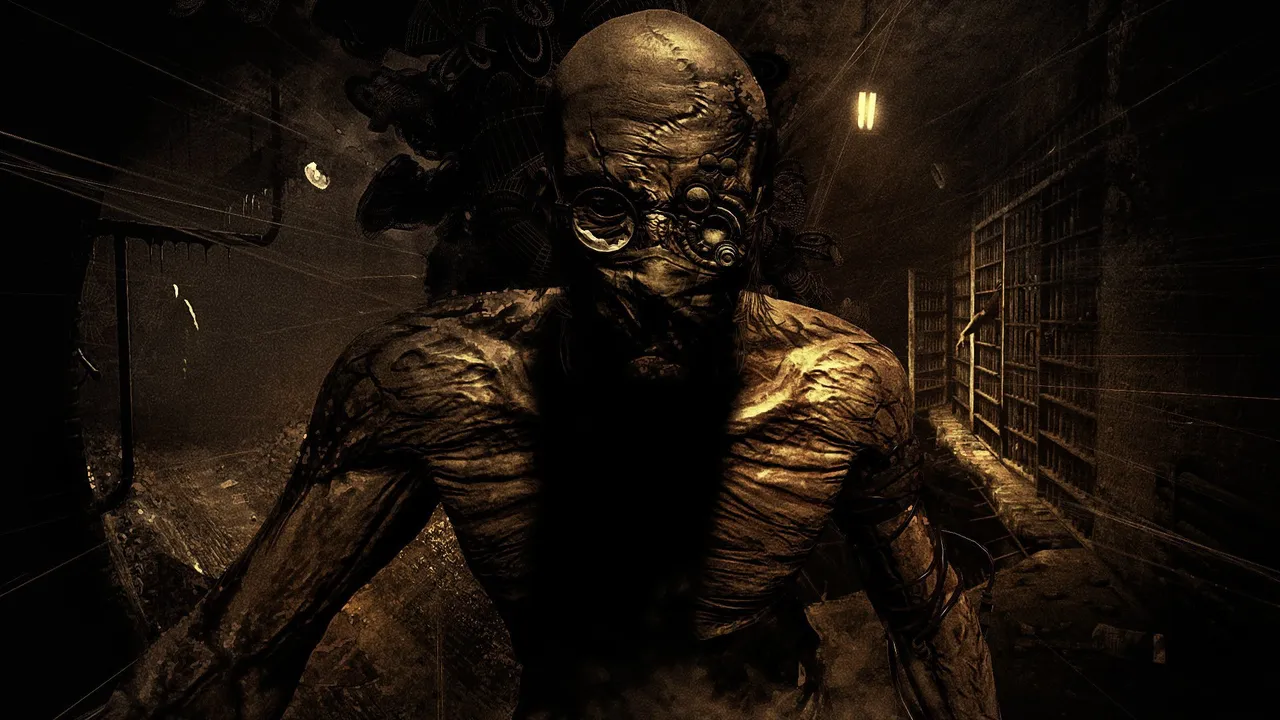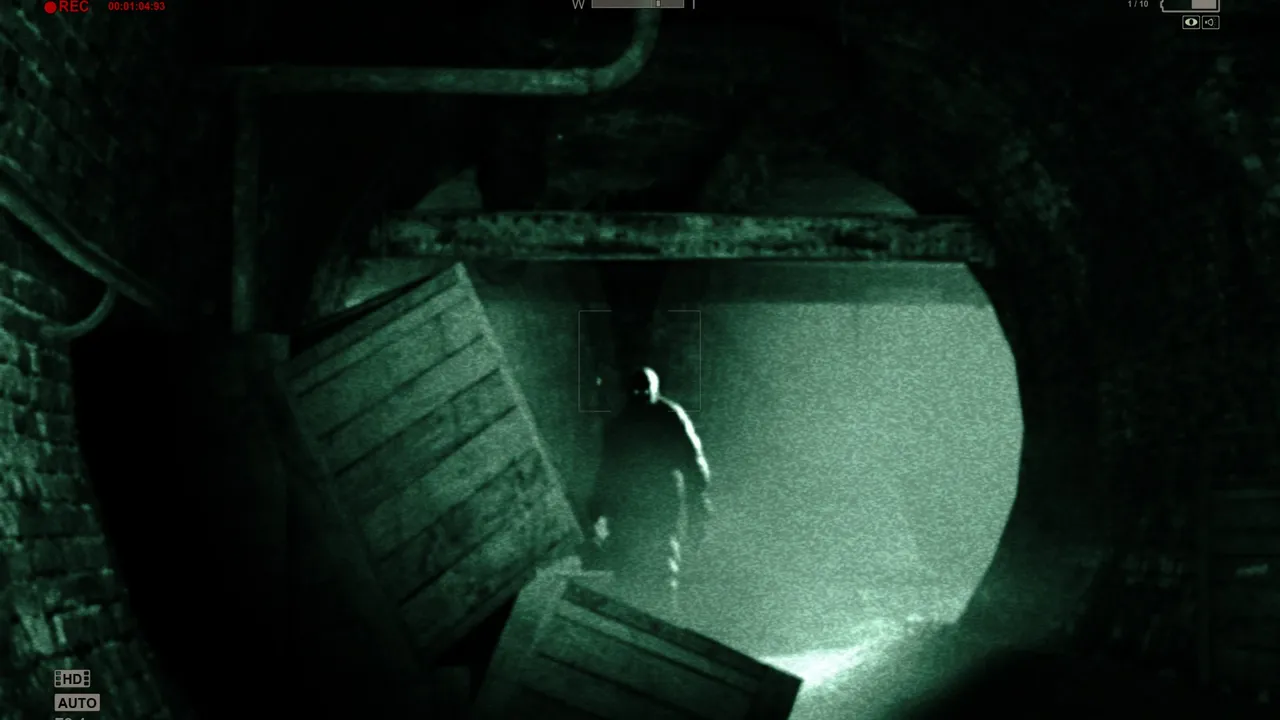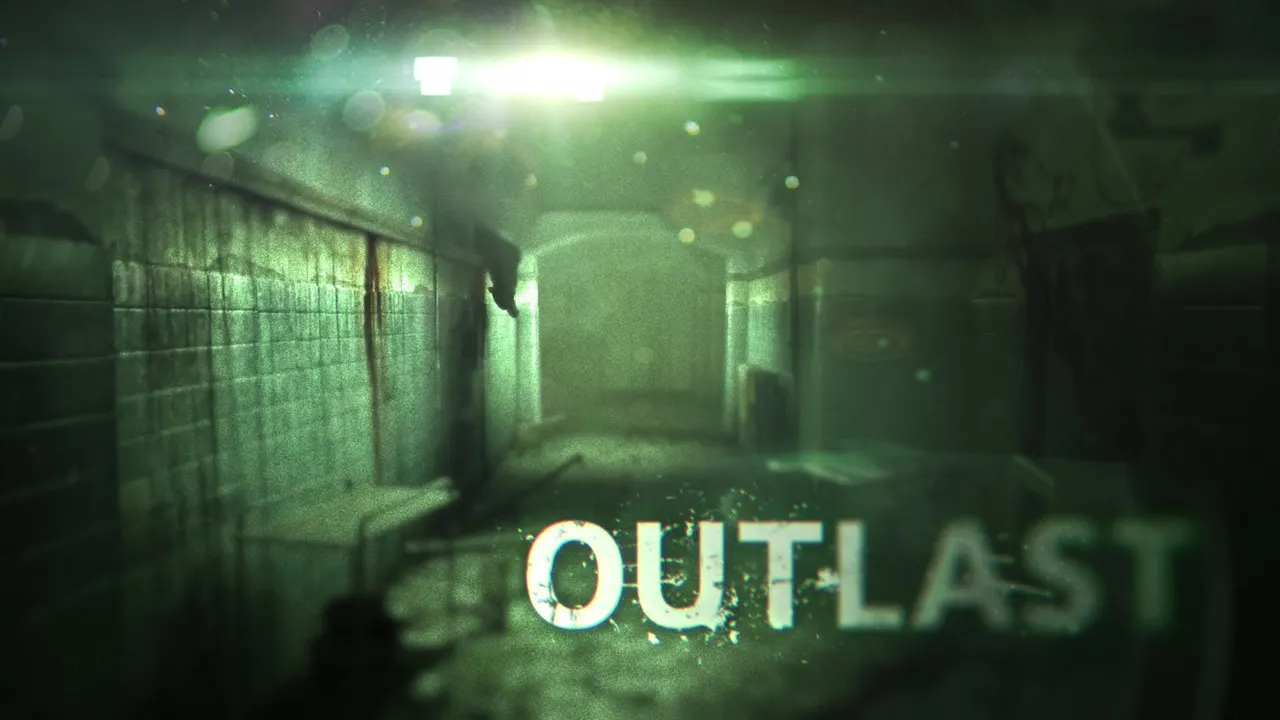Outlast is a horror game that was released back in 2013. It gained momentum very quickly, garnering massive attention from beyond the horror community. Outlast can terrify seasoned horror game players, adding to its wide appeal. However, What made Outlast such an exceptional goes far beyond how scary it is. Personally, I'm not actually a very big fan of the horror genre itself. This is not because I simply do not like to be scared, but because there is an overt lack of quality control, with a tendency for the metric of quality being the game's ability to scare you, despite how simple it is through taking advantage of the natural way we respond to things jumping out at us.

What Makes Outlast so Special?
From the beginning, Outlast establishes an uneasy environment through its setting as you approach an insane asylum for some old fashioned investigative reporting. Armed with nothing but a camera, you find any way you can to get inside, eventually climbing up to a second-floor window. The pure asininity of what you're about to do, along with being completely defenseless creates a constant sense of tension. You are always prey, never predator. Allowing you to defend yourself can diminish the fear by emboldening the player through equalizing you with your foes. Though willfully entering an insane asylum unarmed demonstrates the reporter's incompetence, it's one of Outlast's greatest strengths.
The Environment
The way the game looks and sounds is crucial in order to maintain the sense of fear the keep the player attentive. There is a certain mysteriousness to an insane asylum that makes it such an excellent horror setting. There's plenty of room for creativity among the most unpredictable humans imaginable. The game sounds fantastic, nailing the contrast between maintaining the fearful mood and ramping up the intensity during the chases.

The Goal
While this should have been your reporter's instinct from the very beginning, For the last 95% of the game, your goal becomes clear. Escape the asylum by any means necessary. This is effective because the reporter shares the fear of the player. It creates a sense of despair as you are taken two steps back for every step forward.
The Scares Themselves
The most important part, and what Outlast excels the most at, is scaring the player, and keeping the player in constant fear. Certain horror games fail to show restraint when incorporating jumpscares. They're either too frequent, too forced, or too predictable. Outlast contains some of the most intelligently placed scares in horror. Unlike other games, Outlast lowers the player's guard by getting you used to certain tasks when you expect to be scared, and then scaring you once your mind has deemed them as safe. For example, at one point the reporter must go down a hallway, and in the middle of the hallway is someone in a wheelchair. He appears to be asleep or dead, but the player would probably expect for the person to jump out at them. The first time you go down the hallway, he stays put and you can pass by. However, after you do the objective, you need to go back down the same hallway. The player is more likely to assume nothing will happen, making the scare that much more effective when he jumps out and tackles you. It seems simple, but it's important to appreciate when developers get creative.
Conclusion
Outlast is undeniably a horror masterpiece. Outlast succeeds where other horror games fail when it comes to the core aspects of the horror genre. It isn't perfect, however. Outlast becomes slightly repetitive in its tasks, but this is blurred by the game's ability to keep you on edge for the entire 6 hour story. Outlast has raised the bar for what constitutes good horror, unparalleled in its terrifying atmosphere. Through refining jumpscares to their full potential, prioritizing the creation of a tense environment, and understanding what kind of gameplay evokes the most fear, Outlast stands as the king of survival-horror to date.
